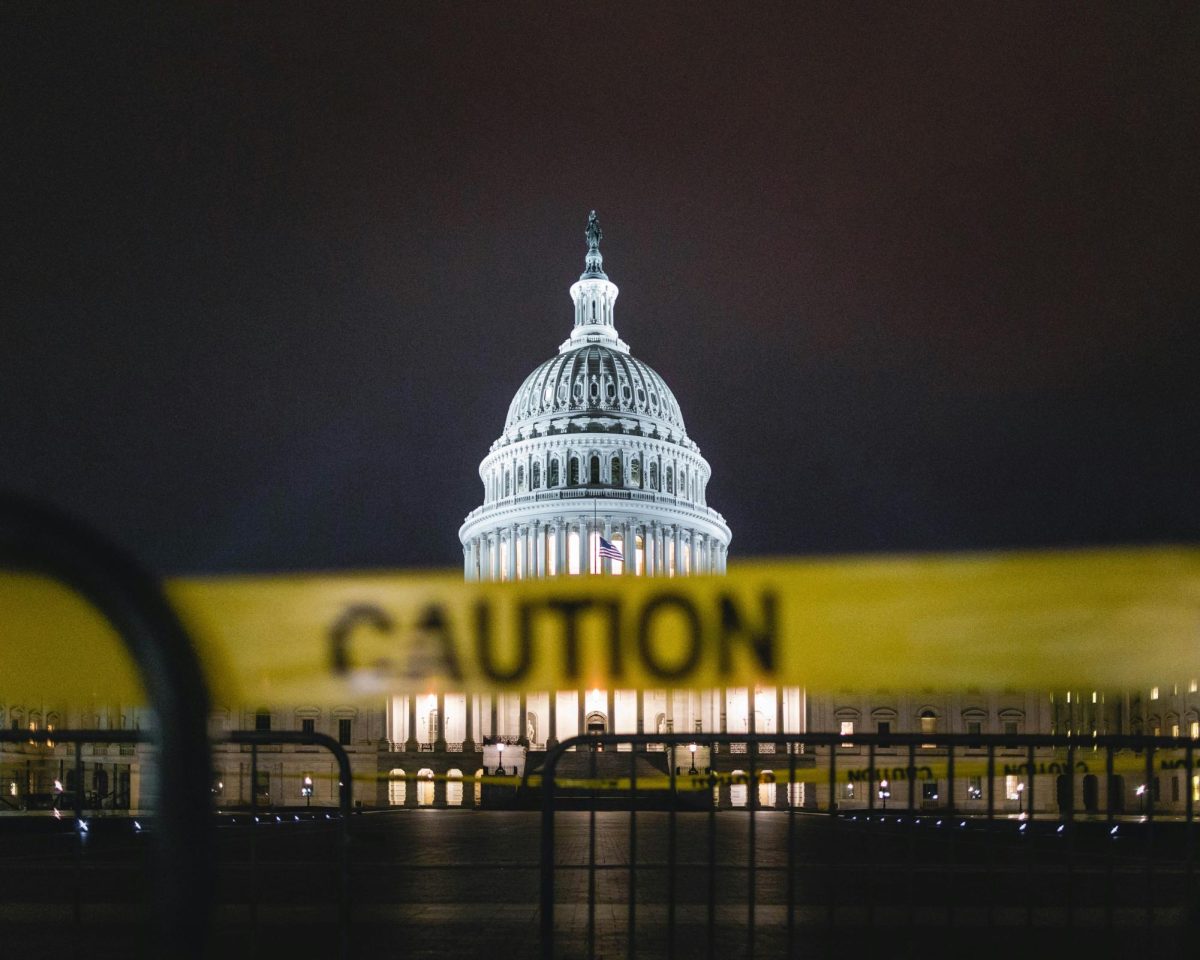Last Tuesday night, millions watched as state election polls closed, and electoral college votes were slowly delegated to each presidential candidate. After nail-biting polls showing Democratic Nominee Kamala Harris and Republican Nominee Donald Trump in a neck-and-neck race, many were shocked to see the latter pull through in a surprising landslide victory. Let’s break down how the night progressed.
The 2024 Presidential Election was predicted to be one of if not the closest elections in American history. Prior to Nov. 5, national polls fluctuated heavily during each candidate’s campaign trails; however, they ultimately set each candidate at an approximately equal 49% chance of winning. In other words, either candidate could win.
In most of the swing states–states that fluctuate between being Democratic and Republican and that heavily influence the election’s results–the numbers showed the former president ahead by approximately 0.1%. Harris was up in a few as well, but, again, only marginally. No one truly knew the fate of the election solely based on the predictions and surveys.
On the night of Nov. 5, election polls in the East Coast began closing at 7 p.m. ET (or 4 p.m. PST). Numbers came in quickly, with each candidate accumulating their first batch of electoral votes and setting themselves up for a long race. In order for the 47th presidential candidate to be declared, one candidate had to amass a total of at least 270 electoral votes.
Throughout the night, Trump consistently held onto a big lead. As with every election, some states were far easier to call than others–California (54 electoral votes), for example, has not gone red (Republican) since the Presidential Election of 1988–so some states’ electoral votes were predicted for candidates a lot sooner simply based on patterns.
On the other hand, as mentioned above, swing states are largely unpredictable. This election had seven major swing states: Arizona (11 electoral votes), Nevada (6), Georgia (16), North Carolina (16), and the infamous ‘blue wall,’ which includes Wisconsin (10), Michigan (15), and Pennsylvania (19).
It was predicted that, because Pennsylvania has the most electoral votes out of all of the swing states, whichever candidate snagged those 19 votes would have a much higher chance of winning the election.
In addition, if either candidate won the entirety of the ‘blue wall’–the name delegated to the key battleground states that almost always vote the same way–all roads to victory would be crushed for the opposing candidate.
Tensions only heightened throughout the night as states in the West Coast closed their polls one by one, increasing the vice president’s total votes and bringing the race even closer.
However, as midnight approached, it became increasingly clear that Trump’s lead in each of the swing states–whether it was 0.2% or 4%–was not diminishing anytime soon. As the gaps grew in Pennsylvania, Wisconsin, and Michigan, it became apparent that Trump was slowly cutting off Harris’ chances to win.
As soon as Pennsylvania and Wisconsin were called, Trump’s total toppled over the edge of 270 electoral votes. One by one, news outlets began reporting that the race was won and over.
Trump’s numbers were shocking to many people in both parties, as he not only won the electoral college system, but he also won the popular vote; about 5 million more votes were tallied for Trump than Harris. This was unexpected for many voters because a Republican candidate has not won the popular vote since the year 2000.
This seemed to be a common theme across many parts of America, with polls seemingly having underestimated Trump’s numbers. In each swing state, Trump secured a higher margin of victory than polls anticipated. While not by much, he claimed every swing state, bringing his total electoral votes to 312 compared to Harris’ 226.
Trump made history on Nov. 5, 2024, as he will be the second president in history to have two non-consecutive terms as president–the first was 22nd and 24th President Grover Cleveland in 1885-1889 and 1893-1897. It was a monumental victory for not only him but for the entire Republican party.
While not many could have guessed the results of the 2024 Presidential Election, both candidates had a close run that was largely unpredictable. Trump being able to collect the majority of votes in swing states, similar to his victory in 2016, pushed him over the edge and ultimately led to him now being the 47th president-elect of the United States.














